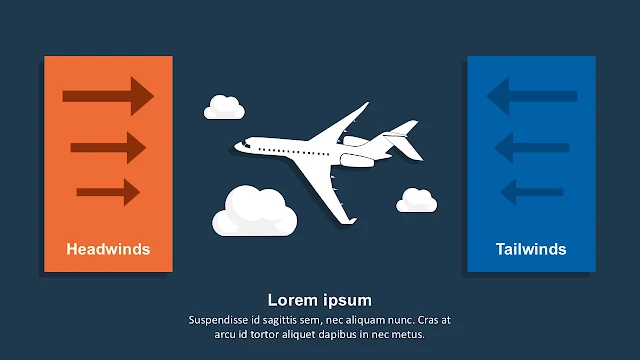
From left: Oppstar chief financial officer Chin Fung Wei, independent non-executive director Datuk Mohd Sofi Osman, independent non-executive chairman Datuk Siti Hamisah Tapsir, executive director and CEO Ng Meng Thai, executive director and chief technology officer Cheah Hun Wah, chief operating officer Tan Chun Chiat, independent non-executive director Datuk Margaret Yeo and independent non-executive director Foong Pak Chee
Oppstar soars 225% on ACE Market debut
KUALA LUMPUR: Oppstar Bhd made its debut on the ACE Market of Bursa Malaysia at RM2.05 a share, a 225.4% premium over the issue price of 63 sen a share. The stock was the most actively traded with 19.26 million shares exchanging hands. The integrated circuit design service provider successfully raised RM104.25mil from the initial public offering exercise via the issuance of 165.48 million new ordinary shares. Oppstar will utilise RM50mil to expand its workforce and RM25.00mil for the establishment of new offices both locally and regionally. Meanwhile, another RM12mil will go towards research and development expenditure along with RM12.65mil for working capital. The remaining RM4.6mil will be allocated for its listing related expenses. “Our vision for the company is simple and clear and it is to show the global players that Malaysia is not only known for its back-end semiconductor value chain, but also has the capability to go into front-end semiconductor IC design. "I am proud to say that we now serve clients in countries such as China, Malaysia, Japan, Singapore, as well as the USA.
"As we gradually progress, we continually ask ourselves what we can do to expand our business and continue to build up Malaysia’s profile in the front-end semiconductor space. This was where the rationale to go for a listing came about leading up to this today," said Oppstar executive director and CEO Ng Meng Thai said in a statement.
Oppstar makes sterling debut on ACE Market
PETALING JAYA: Oppstar Bhd will focus on building its human resource capital post-listing, as the technology sector is set to grow from the opportunities presented by 5G, artificial intelligence and the Internet of Things. The integrated circuit design service provider’s chief executive officer Ng Meng Thai said the bulk of the proceeds raised from Oppstar’s listing on the ACE Market of Bursa Malaysia yesterday would be used for the workforce expansion. “At the moment we have 220 engineers and we have plans to increase that number to 500 in the next three years. With an enlarged workforce, we also hope to grow our revenue and profitability accordingly,” he said after the company’s listing yesterday. The group is collaborating with various universities in the country to secure future design engineers. “We started a programme in 2020 where we hire third-year university students for three months. They work part time for 20 hours a week and are paid RM1,500 a month. Upon graduating, they are required to work for us for a year. This is how we build our talent pool. “When it comes to business, the multinational corporations (MNCs) are our customers. However these MNCs become our competitors when it comes to hiring. This is why other than fundraising, our objective in carrying out the listing exercise is also about hiring and retention,” said Ng. Oppstar raised RM104.3mil from the public issue of 165.48 million new shares. The company made its debut in the market opening at RM2.05 per share, or a RM1.42 premium above the offer price of 63 sen per share. The stock closed its maiden trading day up 285.7% or RM1.80 higher at RM2.43 a share. The share price hit a high of RM2.95 and a low of RM2 in intraday trade. Oppstar’s listing did not have an offer for sale of shares from its shareholders. Oppstar chief financial officer Chin Fung Wei said the group intends to implement a long-term incentive plan of up to 15% of the total number of issued shares of the company for its employees. “Prior to our initial public offering (IPO), we already had more than 20 shareholders. In fact, every one of our employees, except for those that came on board after the IPO’s closing date, is a shareholder of the company. This is one of our remuneration methods for our employees, apart from their monthly salary,” he said. Ng added the group’s listing showed Malaysia was not only known for its back-end semiconductor value chain, but also had the capabilities to go into front-end semiconductor integrated circuit design. “We serve clients in countries such as China, Malaysia, Japan, Singapore, as well as the US. Our expansion plans will enable us to groom future talent and grow our geographical presence which will progressively help strengthen Malaysia’s front-end semiconductor ecosystem in line with our vision,” he said.
The group plans to payout at least 25% of its annual earnings as dividends. AmInvestment Research said the US-China trade war bodes well for Oppstar because China is compelled to develop its own semiconductor capabilities.
Related posts:
IC designer Oppstar focuses on talent, IPO offers good value for mony
Related news:







